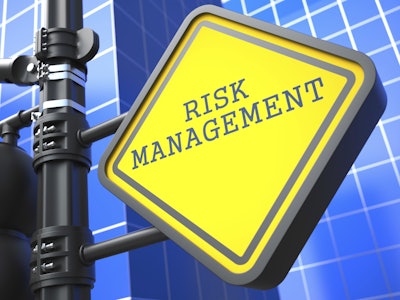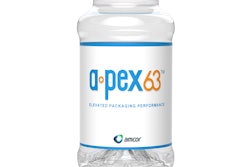
Steve Wisniewski, Past Chairman of ISPE, C&Q COP, recently explained the gradual shift in the pharmaceutical industry from the traditional qualification model to the risk-based approach being encouraged by the U.S. FDA, EU, and others. In doing so, he introduced and explained various guidance documents on how to transition to a risk-based system.
Wisniewski presented, “ASTM E2500 Approach to Quality Risk Management,” during the recent PharmaEXPO conference sessions powered by ISPE. PharmaEXPO was co-located with PACK EXPO International in early November in Chicago.
After tracing the evolution of commissioning and qualification since the mid-1970s, Wisniewski explained how the qualification model has become broken for a number of reasons, not the least of which, for pharmaceutical manufacturers, was the fact that automated systems and controlled equipment have been qualified separately and inefficiently.
ASTM E-2500-07 is known as the Standard Guide for Specification, Design, and Verification of Pharmaceutical and Biopharmaceutical Manufacturing Systems and Equipment. In addition to this document, other seminal documents also establish the principles of a risk-based approach:
• ISPE Baseline Guide 5 (2001)
• “Pharmaceutical cGMPs for the 21st Century: A Risk Based Approach”—USFDA (2004)
• ICH Q8 Pharmaceutical Development Handbook (2008)
• ICH Q9 Quality Risk Handbook (2006)
• ISPE White Paper, “Risk Based Qualification for the 21st Century” (2005)
What is the difference in approaches?
According to Wisniewski, the traditional approach to qualification has the following characteristics:
• (Product) user requirements are not formally documented
• Protocols are developed from “templates”
• IQ/OQ protocols are “preapproved”
• Commissioning is not leveraged
• Engineering and “validation” personnel are often distinct
• Emphasis on Documents—not system performance.
The risk-based approach is quite different:
• Process requirements are documented and approved
• Risk assessments determine the critical aspects of design
• Engineering testing (“commissioning”) is part of verification
• All documents with technical merit are used as evidence of fitness for use
• There is emphasis on meeting process requirements
ASTM E-2500-07, specifically, provides a science and risk-based approach to assure that GMP equipment and systems are fit for use, perform satisfactorily, and may be used in the manufacturing, processing, packaging, and holding of a drug.
The standard describes a risk and science-based approach to specification, design, and verification of manufacturing systems/equipment that have the potential to affect product quality and patient safety. It provides a systematic, efficient, and effective way of ensuring that manufacturing systems and equipment are fit for intended use.
According to Wisniewski, the good news is that applying the approach, using defined terminology, and documented methodologies allows for more flexibility, in that the company determines the actual verification methodology to be implemented. This approach also focuses practices on achieving fitness for intended use. Further, it clarifies roles and responsibilities, and defines the roles of subject-matter experts.
Editor’s note: Wisniewski served four years as chairman of ISPE Community of Practice for Commissioning and Qualification, and was on the ISPE task team that developed the ASTM E2500 Verification Standard. He also served as a leader of the Task Team that produced the ISPE Guide: Science and Risk-Based Approach for the Delivery of Facilities, Systems, and Equipment, and also was a leader on the Task team that developed the ISPE Good Practice Guide: Applied Risk Management for Commissioning and Qualification.






















